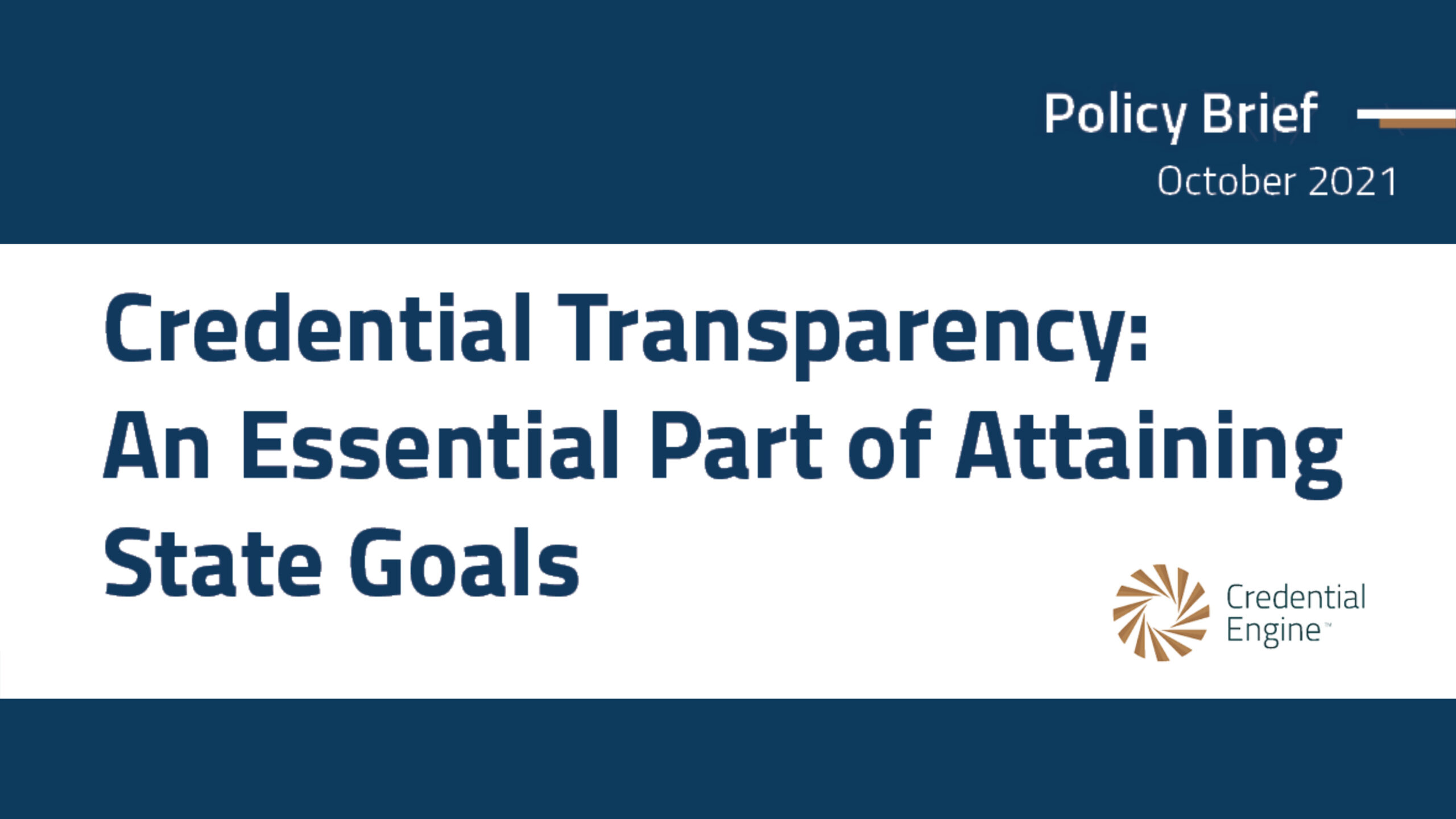
Our nation is confronted with the daunting task of rebuilding the economy and creating opportunities for individuals who have been impacted by health and equity crises. Achieving this will require a system that gives policymakers, education and training providers, and opportunity seekers access to data systems that make information about credentials more searchable, comparable, and actionable — something we call credential transparency.
As policymakers build data systems that enable credential transparency, they need to ensure these systems:
This work is already underway in almost half of the states where leaders are working to provide stakeholders open, timely, and reliable information about credentials — everything from badges and certificates to postsecondary degrees — with as much clarity and urgency as possible. Leaders understand that in order for their education, workforce, and economic development goals to work, stakeholders must be able to understand which credentials are in demand, where to earn them, and what their value is in the workforce.
Credential Engine has co-authored, and partnered with 11 national organizations including National Skills Coalition, on a new policy brief that outlines the actions state policymakers can take to make credential transparency part of their larger state’s goals. It provides various policy and action recommendations, as well as current state examples that leaders can implement.